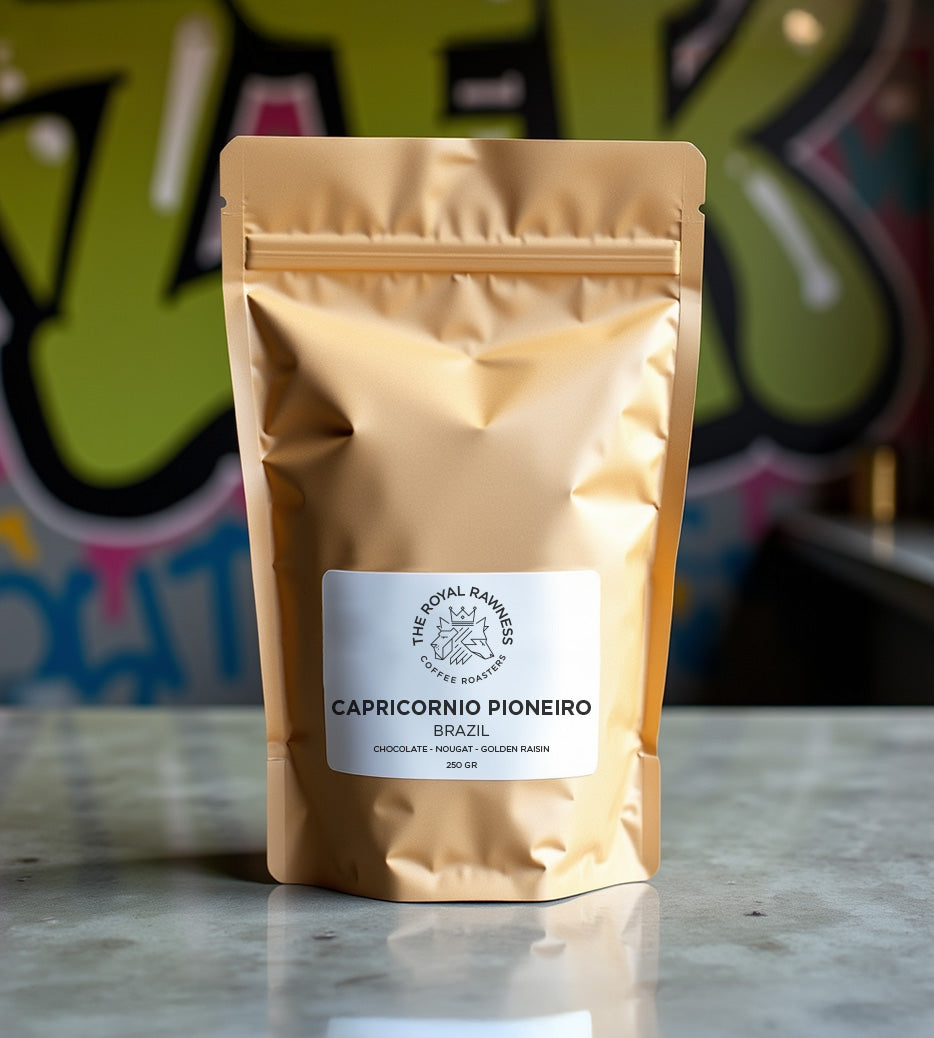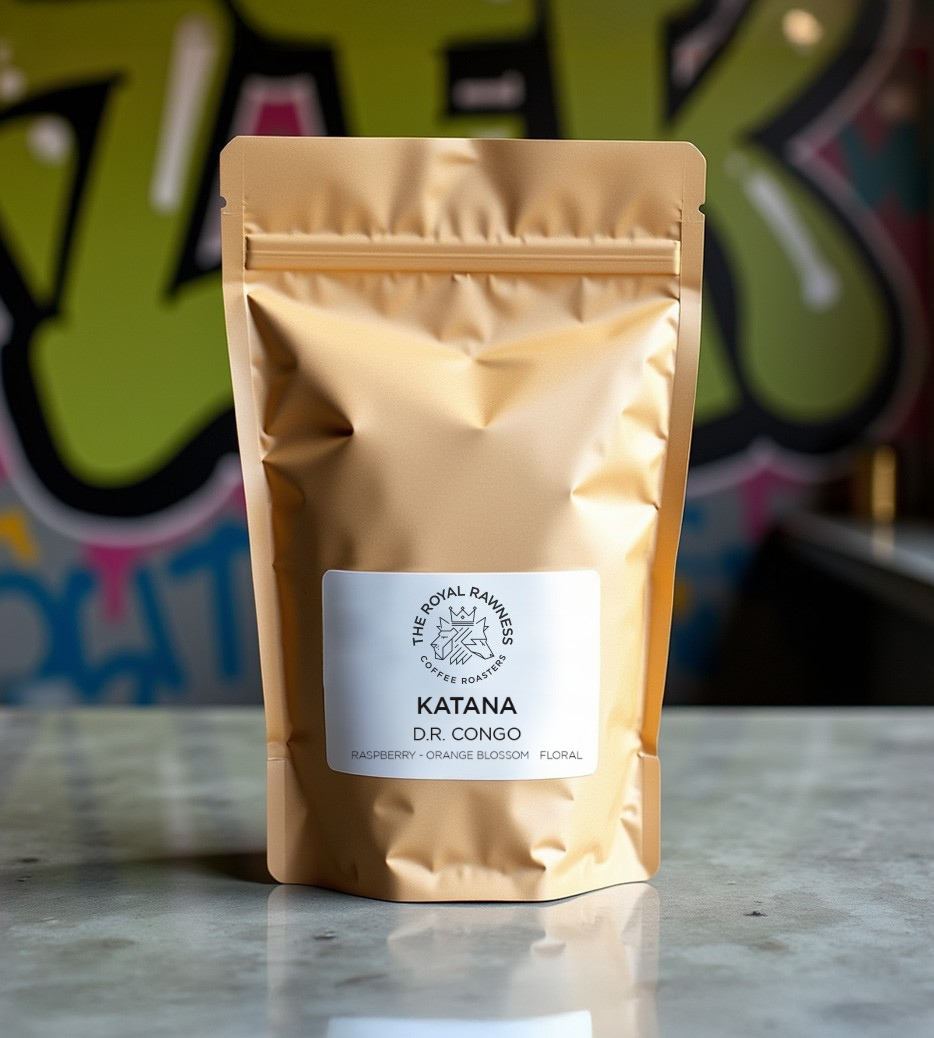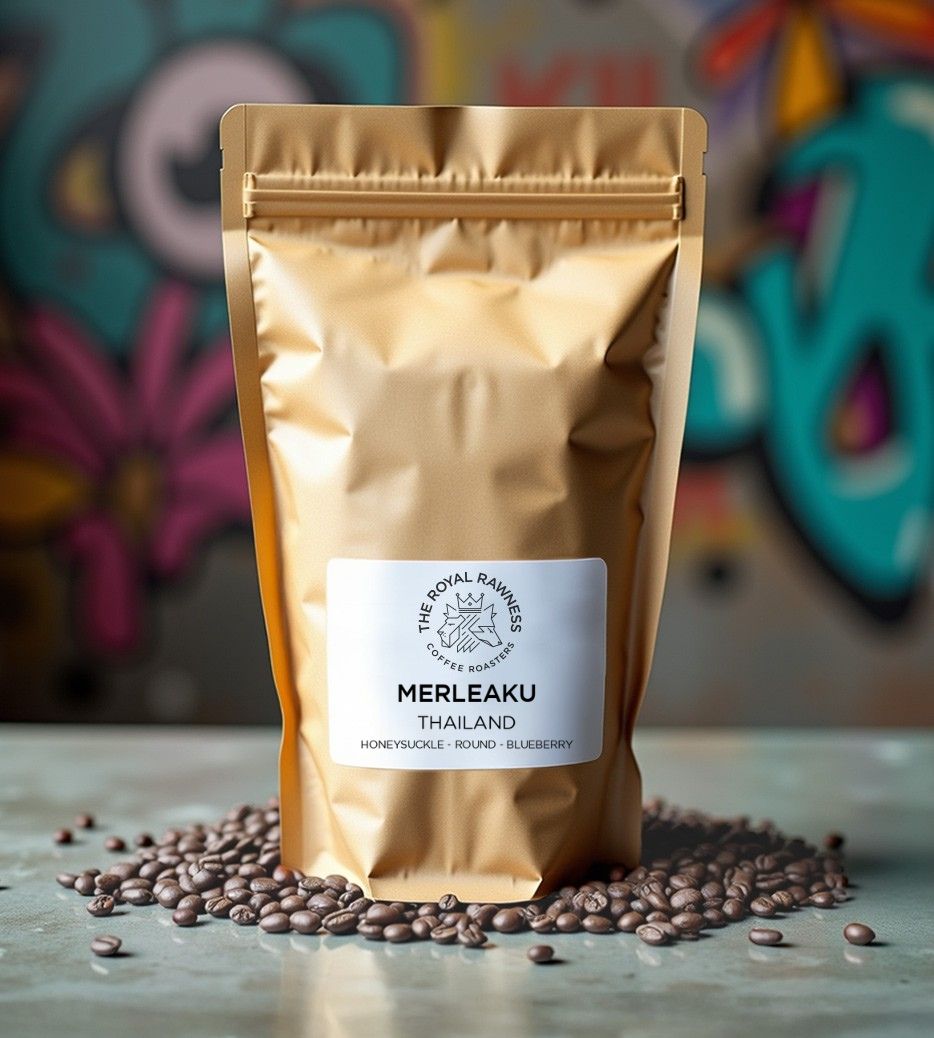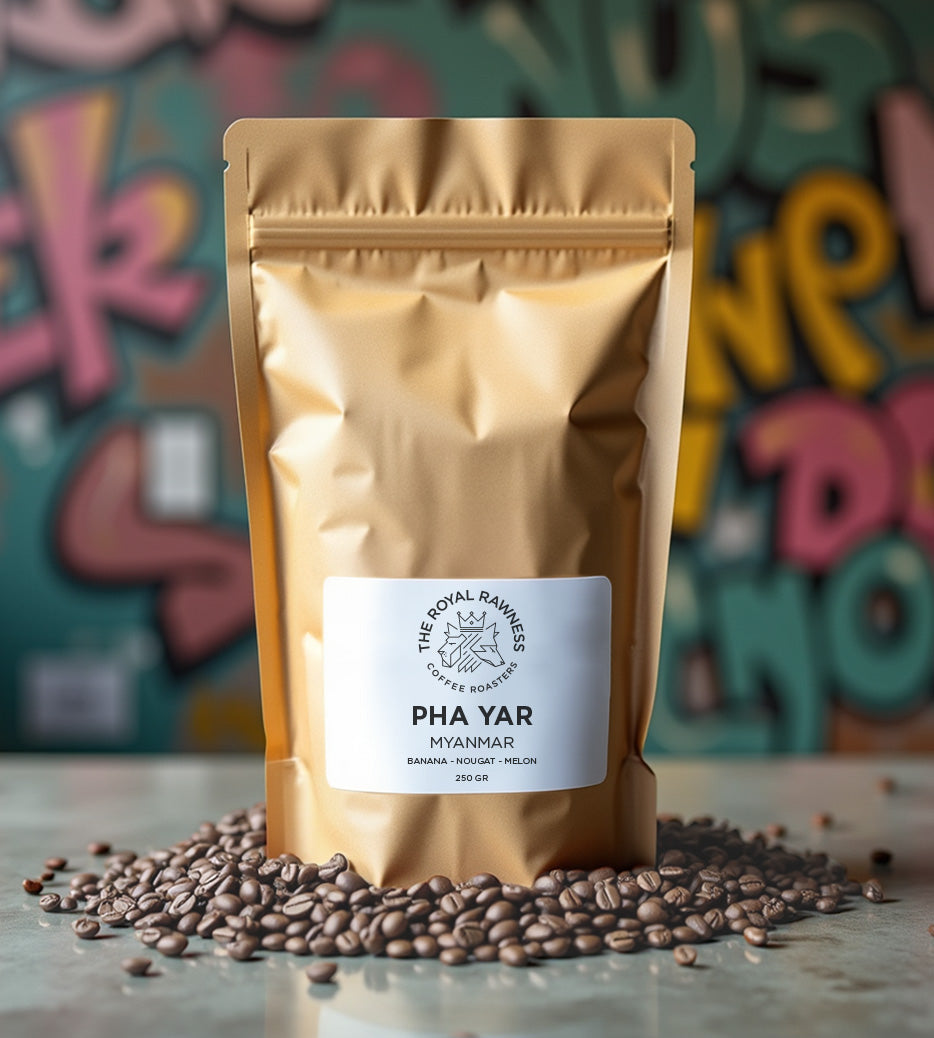Not all coffee beans are created equal, and fruity or floral flavors are particularly influenced by the region in which the coffee is grown.
These light, aromatic flavors are increasingly sought after, providing a refreshing departure from the typical rich, chocolatey, or nutty profiles.
But what exactly makes a coffee fruity or floral, and why is this trend gaining so much popularity?
Let’s dive into the world of fruity and floral coffee beans to explore their origins, brewing methods, and the sensory experience they offer.
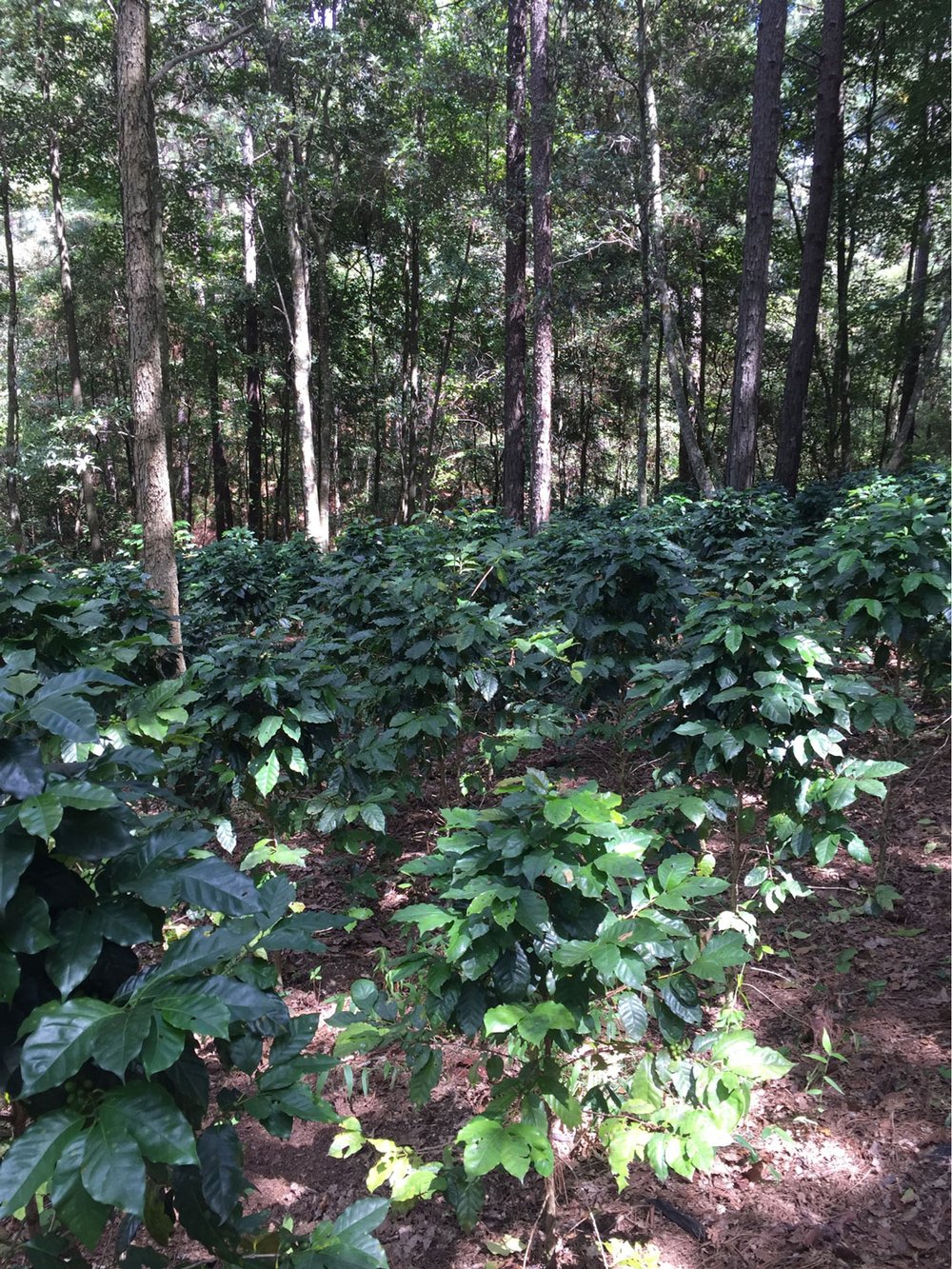
The Origins of Fruity and Floral Coffees
Coffee-growing regions like Ethiopia, Kenya, and Colombia are known for producing beans with these distinct profiles.
Ethiopia, the birthplace of coffee, is renowned for its naturally processed coffees that boast complex fruit flavors such as blueberry, peach, or strawberry, often accompanied by floral undertones like jasmine or rose.
The high altitudes and fertile soils of these regions contribute significantly to the flavor profiles.
At higher altitudes, coffee beans grow slower, allowing more time for the development of sugars and complex acids, which give rise to the vibrant, fruity, and floral characteristics.
Combined with the right climate and careful processing, these regions produce some of the most sought-after coffees in the world.
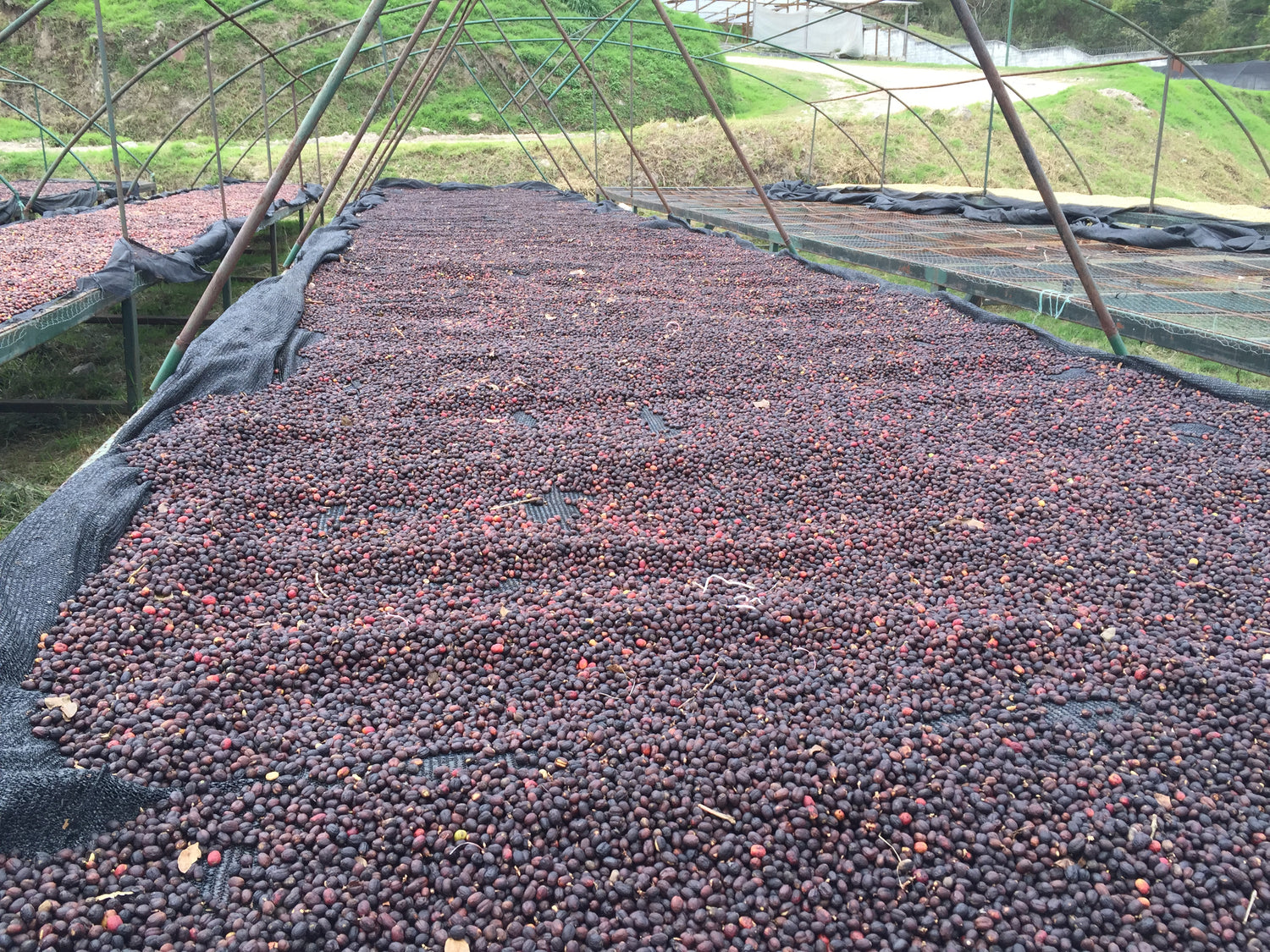
Types of Fruity and Floral Coffee Beans
Certain coffee varietals are naturally predisposed to developing fruity and floral notes. Ethiopian Yirgacheffe, for example, is known for its strong floral characteristics, while beans from Kenya’s highlands are celebrated for their bold, fruity flavors, often reminiscent of blackcurrants or red berries.
One of the most iconic beans in this category is the Panamanian Geisha, a rare and expensive varietal that is often described as tasting like a delicate bouquet of flowers mixed with citrus fruits. The Geisha variety has taken the coffee world by storm in recent years, with its complex and fragrant flavor profile making it a favorite among coffee connoisseurs.
In addition to the bean varietal, the method used to process the coffee cherry also plays a significant role in flavor development. Natural processing, where the cherry is dried with the fruit still attached to the bean, tends to produce more fruity flavors due to the fermentation that occurs during drying. Washed coffees, on the other hand, offer a cleaner, more floral profile by removing the cherry before drying.

Brewing Fruity and Floral Coffee Beans
When brewing coffee beans with fruity and floral characteristics, it’s important to choose a method that will enhance these delicate flavors.
Brewing techniques such as pour-over, Aeropress, or Chemex are particularly effective because they allow for more control over extraction, resulting in a cleaner cup that highlights the subtle tasting notes.
The key to bringing out the best in fruity and floral coffees lies in the details—grind size, water temperature, and brewing time.
A medium-fine grind paired with slightly cooler water (around 195-200°F) can help preserve the acidity and brightness of the coffee.
Brewing times should be carefully monitored to avoid over-extraction, which can overshadow the delicate floral and fruity notes with bitterness.

The Enthusiast’s Guide to Tasting Fruity & Floral Coffees
For those new to fruity and floral coffees, identifying these flavor notes can be an exciting and rewarding journey.
When tasting, pay attention to the aroma of the freshly brewed coffee—does it remind you of fresh flowers or ripe fruit?
Take small sips and notice how the flavors develop on your palate.
Fruity coffees often have a bright acidity that mimics the tang of citrus or berries, while floral coffees may offer a more perfumed, tea-like quality.
To develop a deeper appreciation for these profiles, practice tasting different single-origin coffees and experiment with brewing methods.
Over time, your palate will become more attuned to the nuances of fruity and floral coffees, allowing you to fully enjoy the complexity and elegance these beans have to offer.
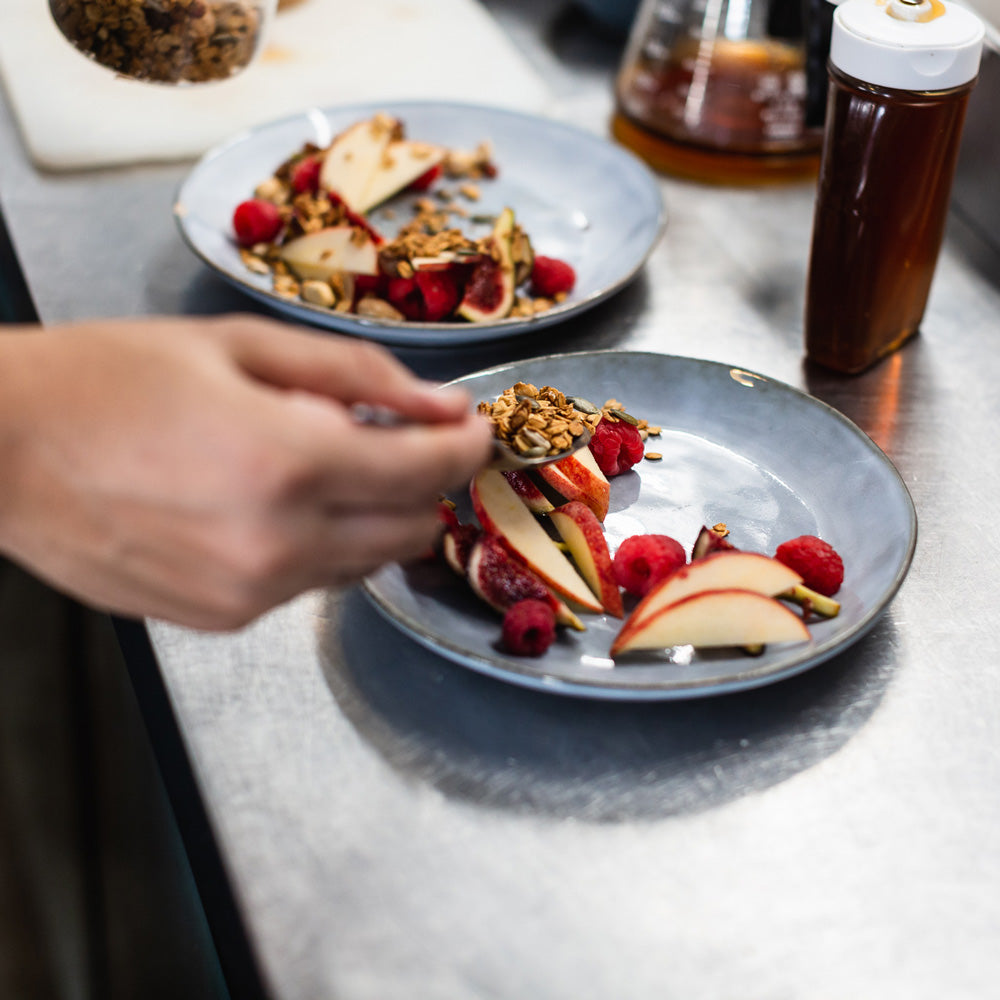
Pairing Fruity and Floral Coffees
Pairing fruity and floral coffees with the right foods can enhance the tasting experience, turning a simple cup into a sensory treat.
Light pastries like croissants, scones, or biscotti provide a neutral base that complements the bright acidity and delicate floral notes of the coffee without overwhelming them.
Fruit-forward desserts such as berry tarts or lemon bars mirror the fruitiness of these coffees, amplifying their natural flavors.
For citrus-based breakfasts, like orange salad or grapefruit, the tangy flavors align with the coffee’s acidity, creating a refreshing combination.
With floral coffees, lighter pairings like lavender shortbread or chamomile-infused cakes echo the floral characteristics, offering a harmonious balance.
These thoughtful pairings enhance the unique tasting notes of the coffee, transforming your coffee ritual into a culinary experience.



